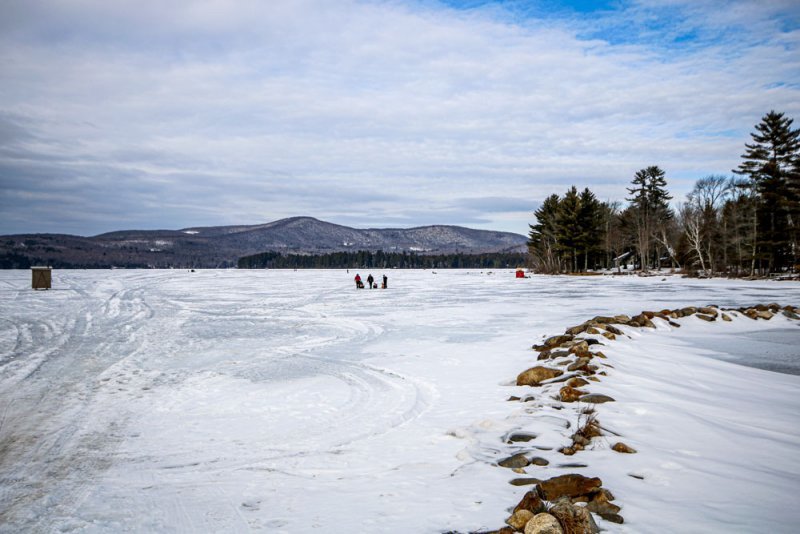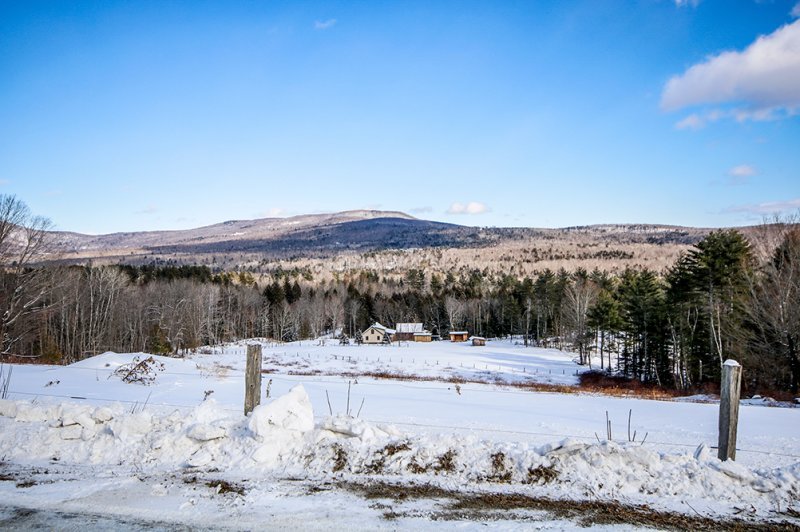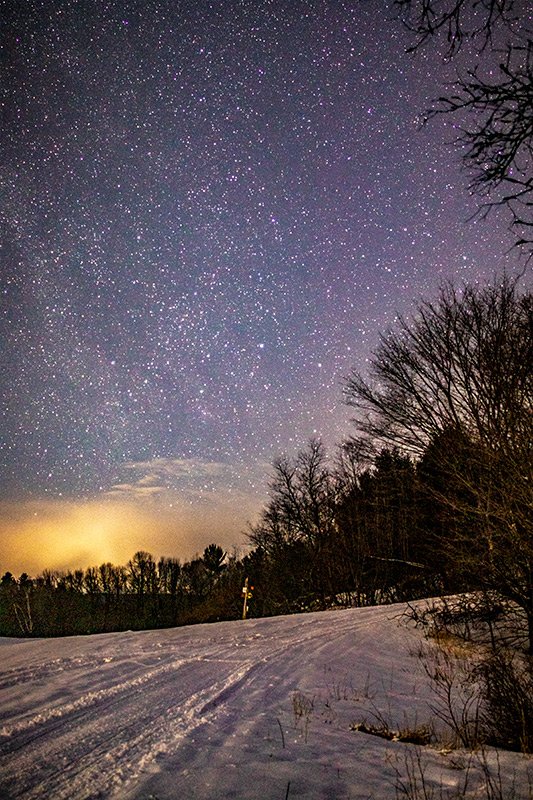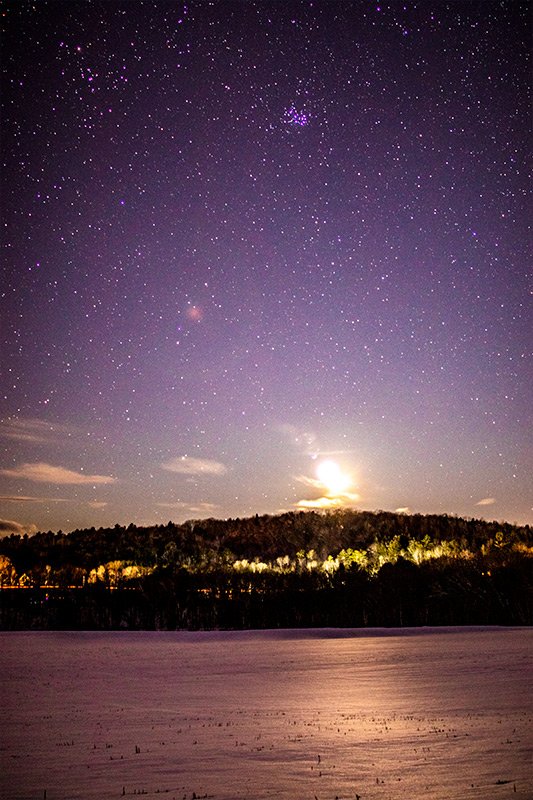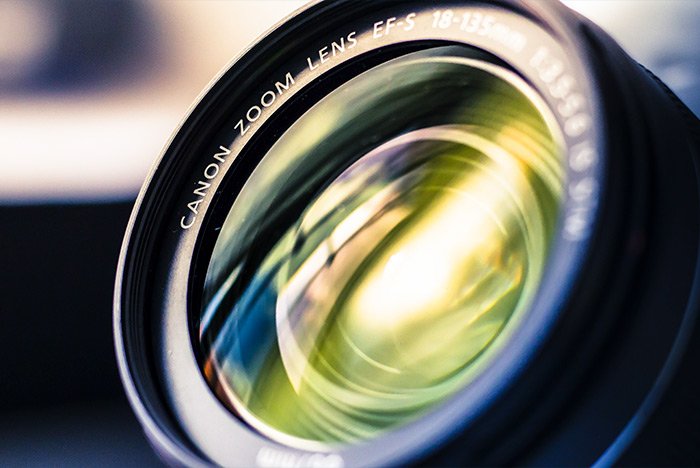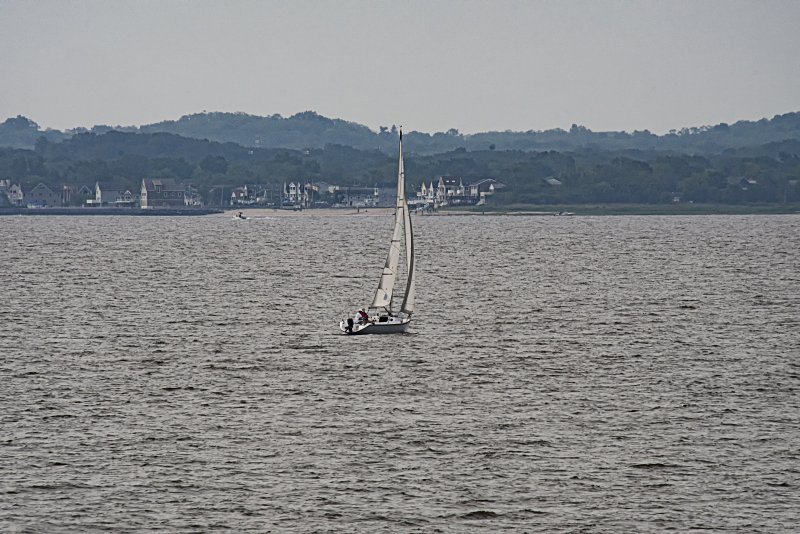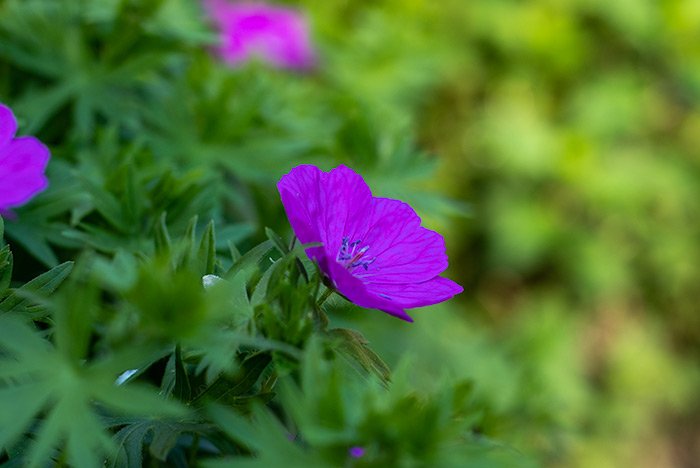KristinaW
Member
- Joined
- May 7, 2021
- Messages
- 127
- Reaction Score
- 0
- Points
- 18
- #1
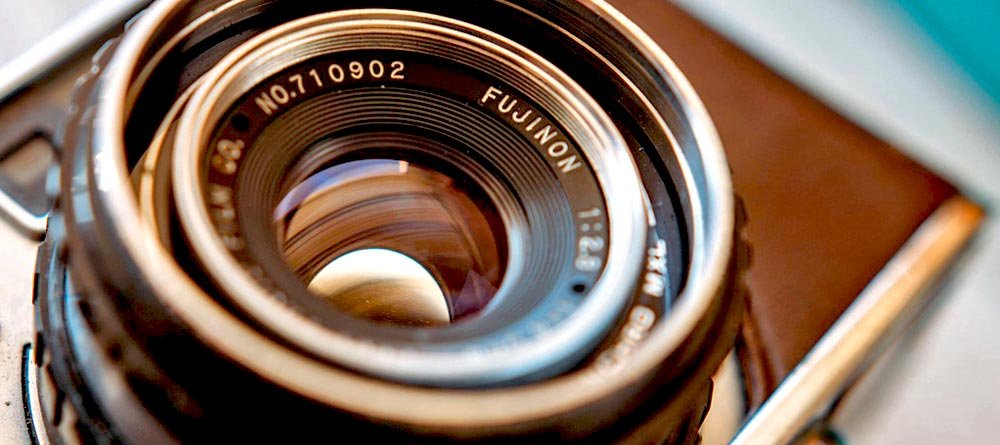
In photography, really cool lenses are those mysterious pieces of gear that everyone loves to talk about, but few have enough money to afford. We read about them on our favorite photography websites and drool over the pictures they take. And as we browse the sites of the photographers we admire most, our guts tells us that these are the guys who enjoy the very finest of glass. I mean, after all, shooting with a good lens means the difference between an okay shot and an awesome shot.
In this post, I'm going to start exploring exactly what camera lenses are. I'll discuss what types of components make up a lens and what characteristics of a lens define its field of view. I'll also discuss field of view as it pertains to the camera itself. Spoiler alert - it has to do with image sensor size. Lastly, I'm going to talk about the two types of lenses photographers shoot with everyday - prime and zoom. So get ready and read on!
What's Inside a Camera Lens
Back in my early days of photography, I never gave much thought to what was inside of a camera lens. I just assumed the lens consisted of a barrel and a piece of curved glass at either end. It wasn't until later, when I began looking into taking different types of, styles of and higher quality pictures, that I learned the intricacies of what makes a lens. Boy, I was surprised.Apparently, there's a lot going on inside there. Lenses aren't constructed of merely two pieces of glass, but groups of pieces of glass. These groups are called "elements" and their primary goal is to send light, as accurately and cleanly as possible, to the camera's image sensor. Let me explain.
Let's say you'd like to construct your own looking lens, which is sort of like a telescope. You decide to use a round tube you found laying around. Since you've got curved glass laying around too, you pop one of these pieces of curved glass on the end of your tube. Extremely proud of yourself, you decide to run outside, hold the tube up to your eye and look through it. Much to your dismay, you find the image you see through your tube all distorted. Since you know a bit about how light travels, you decide to run back inside to assemble another piece of curved glass in your tube. You do this, look through the tube again and find the distortion issue has been solved. There's only one problem - now your image is blurred. To solve this, you add another piece of glass to your tube and there you have it, a clear image. The only problem is...I think you get the idea.
Like I mentioned above, inside a camera lens, there are individual pieces of glass, grouped up and called elements. Some of these individual pieces of glass are placed in the lens barrel to satisfy the reason you purchased it. They magnify, widen, narrow or do anything else someone might want to attach a specific lens to a camera for. The problem is, when these purposeful pieces of glass are used, they cause unintended consequences. And in order to alleviate these consequences, more glass needs to be added offering, hopefully, an end result of affordable, clear and great quality.
Are you curious what types of aberrations various types of glass can cause? Well, you may already be familiar with them. Not all lenses do a great job of curing all issues and oftentimes there's a trade-off between price, size, weight, quality and what you're trying to accomplish. But just to satisfy your curiosity, lens aberrations consist of blur, distortion, vignetting, chromatic aberration and low contrast. I personally have a telephoto lens that suffers from low contrast and a wide angle lens that suffers from distortion. Again, in order to stay within budget, you often need to make trade-offs when it comes to purchasing camera lenses.
Angle of View & Field of View
Inside every camera, there's an image sensor. This sensor sits in a specific location. In every camera, there's also a lens. This lens also sits in a specific location. Now, for the purposes of this example, let's consider the "lens" I'm referring to as the piece of glass that's furthest from the image sensor, or in other words, the glass you can touch with your fingers. It's the one that's at the end of the lens - not the internal ones.If the image sensor and lens are one inch apart from one another, the light passing through the lens to the sensor is going to travel through at a specific angle. This angle is called "angle of view." With the sensor and lens being only one inch apart, the angle of view will be fairly wide.
Now, if we move the lens away from the sensor so the two are now two inches apart, you can imaging what's going to happen. Since the distance has increased, the angle has decreased, offering a narrower angle of view. Think about zooming in and out on a subject with your camera lens. All the way zoomed out will give you a wide angle of view and zoomed all the way in gives you a narrow angle of view.
Let's put two and two together here by continuing to talk about the zoom lens I just referred to. If we focus on a subject and zoom all the way out, we can see a lot of stuff. We're going to have more objects visible to us through our lens. The area we see is called the "field of view." Field of view is a measurement. If we're all the way zoomed out, we might be able to see an area that's one hundred feet wide (in actuality). Now, if we zoom all the way in, the area we can see through the lens shrinks to maybe only be five feet wide. So, it's logical to conclude that by having a wide angle of view, we get a large field of view and by having a narrow angle of view, we get a small field of view.
Focal Length
There's a term I purposely left out of the previous section. My intention was to keep things as simple as possible. I know that it gets kind of confusing going through the terminology surrounding camera lenses and by piecing things out, the whole topic is easier to absorb. I am going to introduce something else now, but this one is really simple to grasp.If you refer back to the previous section, you'll see that I talked about the distance between the sensor and the lens. What I was referring to is called the "focal length." In more formal words, the focal length of a lens is the "distance from the optical center of the lens to the camera's image sensor when the lens is focused on an object at infinity." Basically, it's what I said above, just with more words.
Now, if you've been interested in photography for any amount of time and have looked into purchasing a lens, you've most likely already seen focal lengths in practice. These are the numbers people discuss when they said, "I've got a 50mm prime lens." Folks may also tell you that they're favorite lens is an 18-135mm zoom lens. In the first example, the focal length is 50mm and in the second example, the focal length ranges from 18mm to 135mm, depending on how far the lens is zoomed in or out.
Image Sensor's Impact on Field of View
Up until now, everything has been fairly straightforward in this post. I'm going to throw a curve ball at you though. Not because I want to, but because I have to.I know that I just explained the angle of view and field of view. Things were swell. What if I told you, though, that those two measurements actually depend on your camera's sensor size? That they aren't equal across the board? Unfortunately, that's the truth. Many cameras out there have different size sensors which screws up simplicity when it comes to calculating field of view. I'll give you a bit of background.
I'm sure you've heard of 35mm format film. This is the stuff people used back when I first began toying with photography years and years ago. When using 35mm format film and a 50mm lens, it's been said that the field of view that stems from this configuration is "normal," meaning, it's the typical field of view someone would have when looking at something with their naked eyes.
When talking about digital cameras, those with "full frame" image sensors are those with sensors that are equivalent in size to a piece of 35mm film. So, if you're shooting with a full frame DSLR camera and are using a 50mm lens, your field of view is normal.
Here's the thing - not all DSLR cameras have full frame sensors. Many of them have smaller sensors, which are referred to as "cropped." By this point, I'm sure you're saying to yourself, "Hey, wait a second. If one camera has a smaller sensor than another camera, the first one is going to have a smaller field of view. Even if they both use a 50mm lens." If you said that, I'd say you are correct.
The way it works is like this - the size of the image sensor dictates the angle of view, which determines the field of view. The larger the sensor, the larger the field of view and the smaller the sensor, the smaller the field of view, all other things being equal. The good new is, when you purchase your camera, it tells you what its "crop factor" is. Crop factor is simply how much smaller your camera's sensor is than a full frame.
I like to use the Canon T3i camera body. I've had this camera for years and I like the way it shoots. The T3i is built with a sensor crop factor of 1.6, meaning it's got a sensor that's 1.6 times smaller than a full frame one. If this is the case, when I shoot with a 50mm lens, I don't have a "normal" field of view. I've got a smaller one of them as well.
So, how do I know what my "real" field of view is if I've got a cropped sensor? Well, in order to determine this, I'd have to look in my camera's manual to learn the crop factor. Once I know it, I can simply multiply the crop factor by the focal length and I'll get my field of view equivalent. Let's look at the calculation:
50mm lens X 1.6 crop factor = field of view equivalent of an 80mm lens
I know, it's a bit disappointing because for so many years, I thought I was shooting with a specific focal length, only to learn that I wasn't. So for all those wide angle shots I bragged about, telling friends and neighbors that I took "really wide" angle pictures at 12mm, I would later have to correct myself and confess that those pictures were actually shot at 19.2mm. Trust me, I didn't feel nearly as cool after that confession. On the positive side though, I get an extension on the telephoto side. And that's pretty cool. I just need to keep my sensor size in mind when I'm shooting.
Prime Lenses Versus Zoom Lenses
A few times in this post, I've referred to "prime" lenses and "zoom" lenses, but didn't talk about what exactly the difference is between these two types of lenses. To clear things up, I'll do so below.Prime Lenses - This type of lens has a fixed focal length. It can't be changed. The pros of using this type of lens are that, in general, you can open the aperture more than you can on a zoom lens, letting more light through. This would be considered being "faster" than one with a smaller maximum aperture. Also, these types of lenses offer images with less distortion. The cons are that you can't adjust the focal length.
Zoom Lenses - With zoom lenses, the focal length changes, based on the photographer's needs. So, this type of lens is said to have a "variable" focal length. The pros with zoom lenses are that you can adjust the focal length while you are in the field, which offers a nice amount of flexibility. The cons are that they usually weigh more and are sometimes bulky.
------
If you enjoyed this post on lenses, please share it with friends. Also, if you have any comments or questions regarding this post, please leave them below. Thanks!

